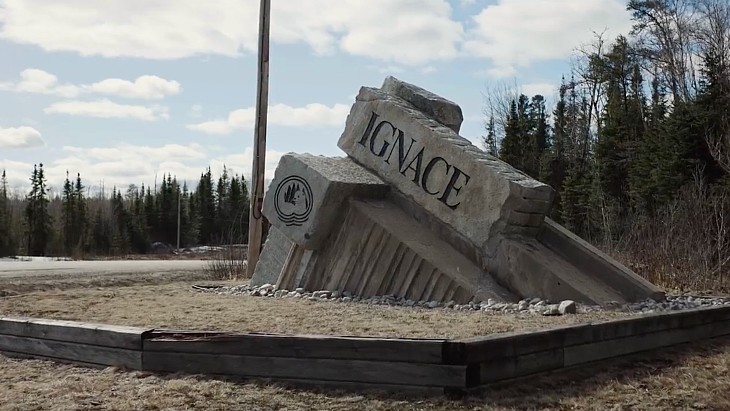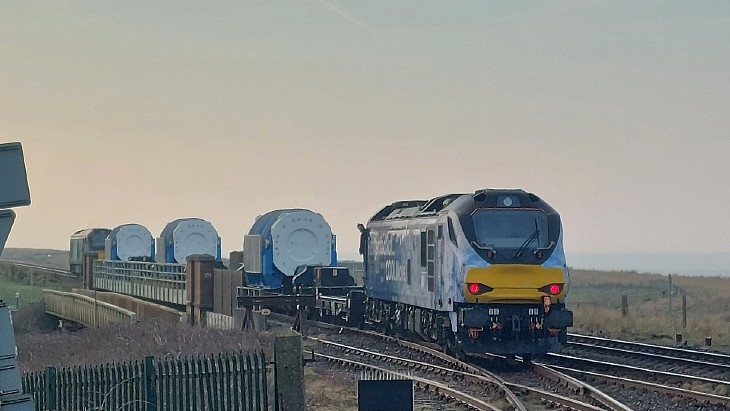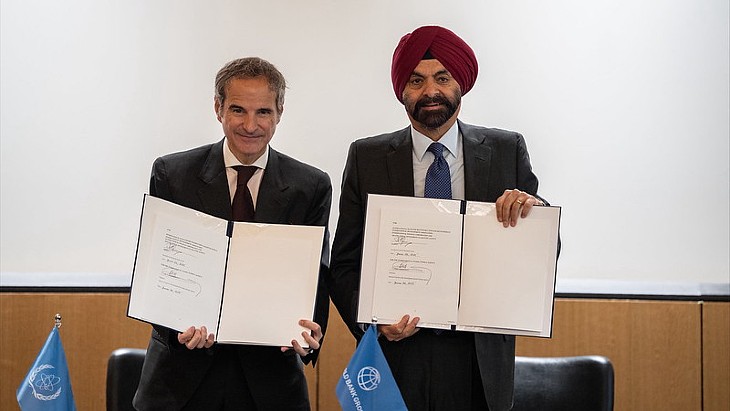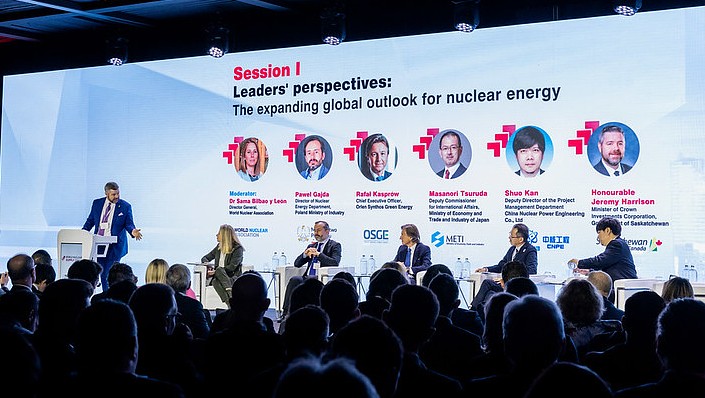Dounreay waste plan moves ahead
The Scottish Environment Protection Agency has completed its assessment of an planning application the construction of low-level waste facilities at Dounreay. It has recommended that some conditions are imposed.
The Scottish Environment Protection Agency (Sepa) has completed its assessment of the planning application by Dounreay Site Restoration Ltd for the construction of low-level radioactive waste facilities at Dounreay. It has recommended that some planning conditions are imposed.
 |
Sepa inspectors at Dounreay (Image: Sepa) |
Sepa is just one of a number of organizations, including the Nuclear Installations Inspectorate (NII), who have been requested by the Highland Council to comment on the proposed low-level radioactive waste (LLW) facility at Dounreay.
The proposed location of the LLW disposal facility is on land belonging to the Nuclear Decommissioning Authority (NDA), adjacent to the existing Dounreay site. The disposal facilities will consist of a series of shallow sub-surface concrete vaults to be built in phases, up to a maximum of six, a grouting plant constructed within the existing site and an administration block.
The disposal facility is required for up to 175,000 cubic metres of solid LLW which is expected to be generated during the decommissioning of the various shutdown research facilties at Dounreay. This figure includes waste that will be retrieved from a series of historical LLW pits at the site. Under Dounreay Site Restoration Ltd's (DSRL's) current plans, construction of the LLW disposal facility will begin in 2011, with operations due to start in 2014. Removal of waste from the LLW pits is scheduled to begin in mid 2019.
DSRL submitted the original planning application to the Highland Council in June 2006 and the planning consultation closed on 21 July 2008. DSRL expects its application to be put before the Highland Council planning board later in 2008. On 10 April, DSRL submitted a separate application to Sepa for authorization to dispose of solid radioactive wastes at the Dounreay site.
Dounreay was the UK's centre for experimental fast breeder research and development from 1954 until 1994. In addition to the LLW already stored on the site, future decommissioning activity will produce further volumes of such waste. Scottish ministers have ruled out the disposal of LLW from Dounreay at the national LLW facility at the Drigg site near Sellafield in England, saying that it must be dealt with at Dounreay itself.
Solid LLW is generated wherever radioactive material is used. It includes metals and concrete, glass, soils and other materials, such as polythene sheets, plastic gloves and paper that have been lightly contaminated. DSRL said that solid LLW represents some 80-90% of the solid radioactive waste by volume that is expected to be created during operation and decommissioning of the Dounreay site.
The Dounreay decommissioning program is expected to cost an estimated £2.5 billion ($5 billion) and will involve the gradual dismantling and removal of plant and facilities on site over the next 20 years.
DSRL was established on 1 April 2008 as part of the restructuring of the United Kingdom Atomic Energy Authority (UKAEA). Work prior to this date was conducted by the UKAEA.
_17992.jpg)
_75800.jpg)









